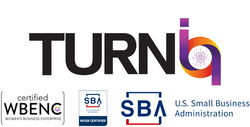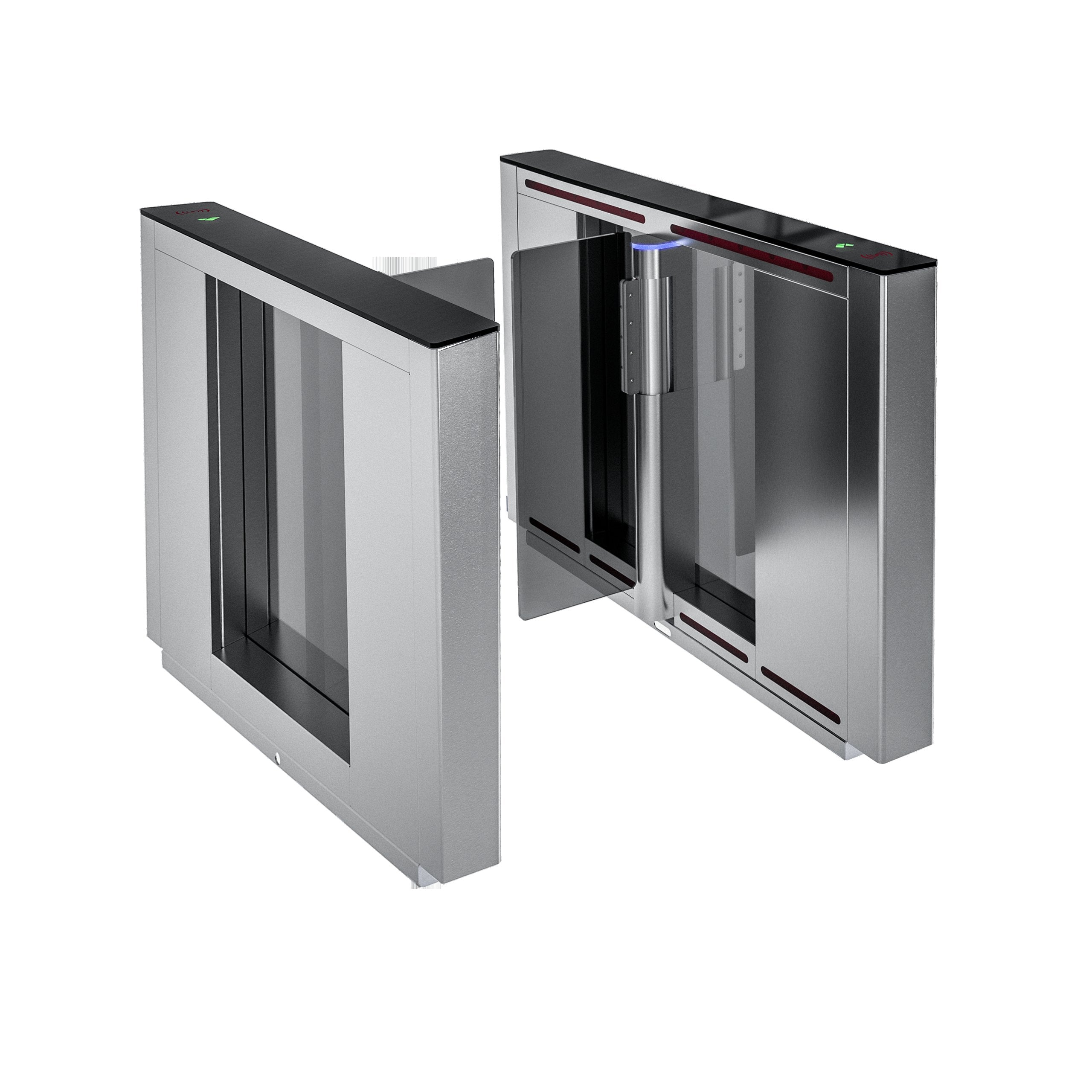Arm Barriers Explained: Types, Costs, and Best Uses
Arm barriers are one of the most common solutions for controlling vehicle access to parking lots, industrial facilities, and gated communities. Simple yet effective, they provide a fast way to secure entrances and manage traffic flow.
This guide explains the main types of arm barriers, their typical costs, and where they are most effective.

What Are Arm Barriers?
Definition
An arm barrier (also known as a boom barrier or vehicle barrier) uses a long mechanical arm that raises and lowers to block or allow vehicle entry.
Applications
-
Parking lots and garages
-
Office complexes and gated communities
-
Industrial sites and warehouses
-
Toll booths and transport hubs
Types of Arm Barriers
Manual Arm Barriers
-
Operated by hand, no electricity required
-
Low cost but less convenient for frequent use
-
Best for temporary or low-traffic sites
Automatic Arm Barriers
-
Powered by an electric motor
-
Controlled via RFID cards, remote controls, or license plate recognition
-
Widely used in commercial and industrial facilities
High-Security Arm Barriers
-
Reinforced arms with crash-rated protection
-
Designed to stop forced vehicle entry
-
Common at military bases, airports, and sensitive sites
Cost of Arm Barriers in 2025
Basic Manual Models
Typically range from $900 to $1,500 per unit
Standard Automatic Models
Range from $2,500 to $4,500, depending on arm length and motor quality
Heavy-Duty & High-Security Models
From $6,000 to $12,000+, especially those with crash ratings or integrated security systems
Installation Costs
-
Standard installation: $700 to $2,000
-
Additional civil works (foundations, cabling): $1,000 to $3,000
Benefits of Arm Barriers
Efficient Traffic Control
Allow only one vehicle at a time for secure entry and exit.
Versatile Integration
Work with RFID, biometric, ticketing, or license plate recognition systems.
Cost-Effective
Compared to bollards or sliding gates, arm barriers are often the most affordable way to secure vehicle entrances.
Durable & Reliable
Modern models are built to withstand continuous daily use and harsh weather.
FAQ: Arm Barriers
Are arm barriers weatherproof?
Yes, most automatic arm barriers are designed for outdoor use and can handle rain, snow, and temperature extremes.
Can arm barriers be bypassed?
Basic models can, but high-security crash-rated barriers are designed to stop forced entry.
How long do they last?
With proper maintenance, arm barriers can last 10–12 years.
Why Choose TurnIQ?
TurnIQ offers a complete line of Titan Arm barriers, from manual models for small facilities to heavy-duty automatic barriers for industrial and government use. With expert installation and integration, we ensure your vehicle access points are secure and efficient.
Looking to install arm barriers? Contact TurnIQ for a custom solution.
Conclusion
Arm barriers remain one of the most practical and cost-effective ways to control vehicle access. Whether you need a basic manual unit or a high-security crash-rated system, understanding the types and costs helps ensure you choose the right solution for your facility.





